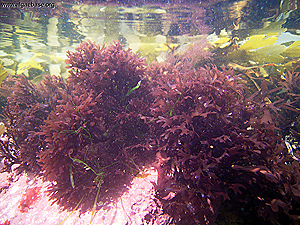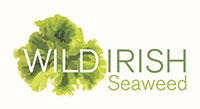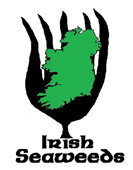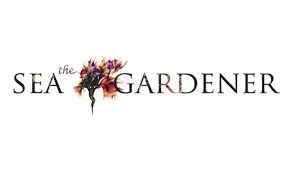Sustainability of Irish seaweed resources
 The Irish seaweed industry currently enjoys a high level of sustainability
as the full extent of our resources is not being utilised. However, in order
that this situation will endure, we need to know what the limit of the resource
is in each instance. We do not currently have this information for any of
our harvested seaweeds, except for Ascophyllum. Similar assessments
are needed of the kelp and maërl resources prior to any widespread
exploitation. Total tonnages are not sufficient, we need solid information
on sustainable levels of exploitation, something that is a lot more difficult
to obtain. In the case of maërl, a start has been made in mapping the
resource; but this mapping is complicated by considerable variation in maërl
species and in the great ranges of depths and habitats in which the various
species are found. But, most importantly, we have no reliable information
on how much maërl can be taken from a live bed to allow for sustainable
usage.
The Irish seaweed industry currently enjoys a high level of sustainability
as the full extent of our resources is not being utilised. However, in order
that this situation will endure, we need to know what the limit of the resource
is in each instance. We do not currently have this information for any of
our harvested seaweeds, except for Ascophyllum. Similar assessments
are needed of the kelp and maërl resources prior to any widespread
exploitation. Total tonnages are not sufficient, we need solid information
on sustainable levels of exploitation, something that is a lot more difficult
to obtain. In the case of maërl, a start has been made in mapping the
resource; but this mapping is complicated by considerable variation in maërl
species and in the great ranges of depths and habitats in which the various
species are found. But, most importantly, we have no reliable information
on how much maërl can be taken from a live bed to allow for sustainable
usage.
Harvesting techniques for the sustained exploitation of Ascophyllum were arrived at by observation over a number of years. If a relatively small stump is left behind (about a hand's-length) this will regenerate to allow another crop in 3, 4 or 5 years, depending on location. The situation is not so simple with kelps as the whole plants would be harvested. From existing scientific data we can roughly predict how long regeneration of a bed would take, but we cannot be certain that data from areas such as the Isle of Man or Norway would be applicable to Irish situations. Additionally, we do not know what effects harvesting will have on other components of the kelp communities.
It is therefore quite clear that we must adopt a policy of sustainable harvesting for our seaweed resources or they will become as decimated as some of our other marine resources.





